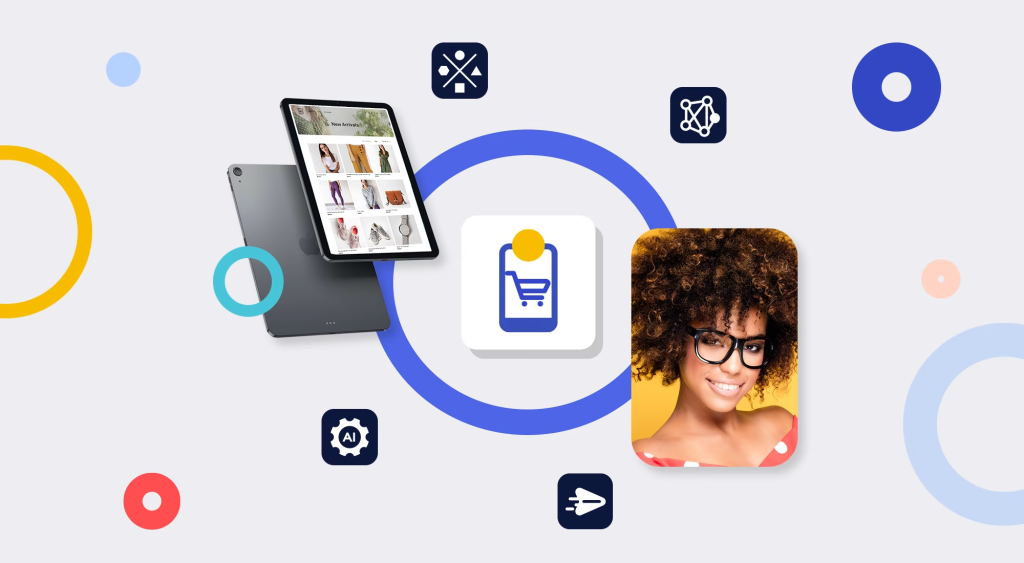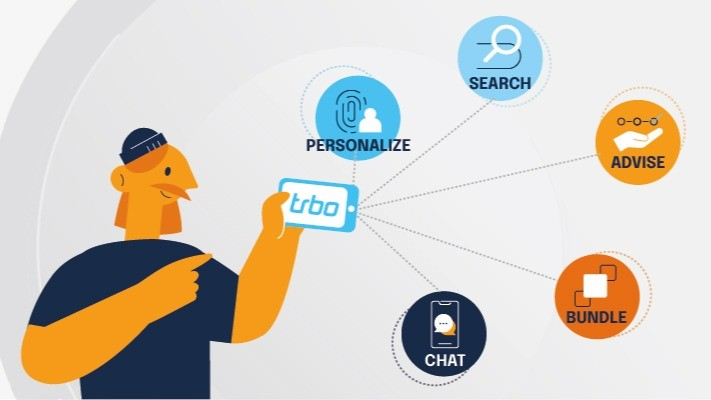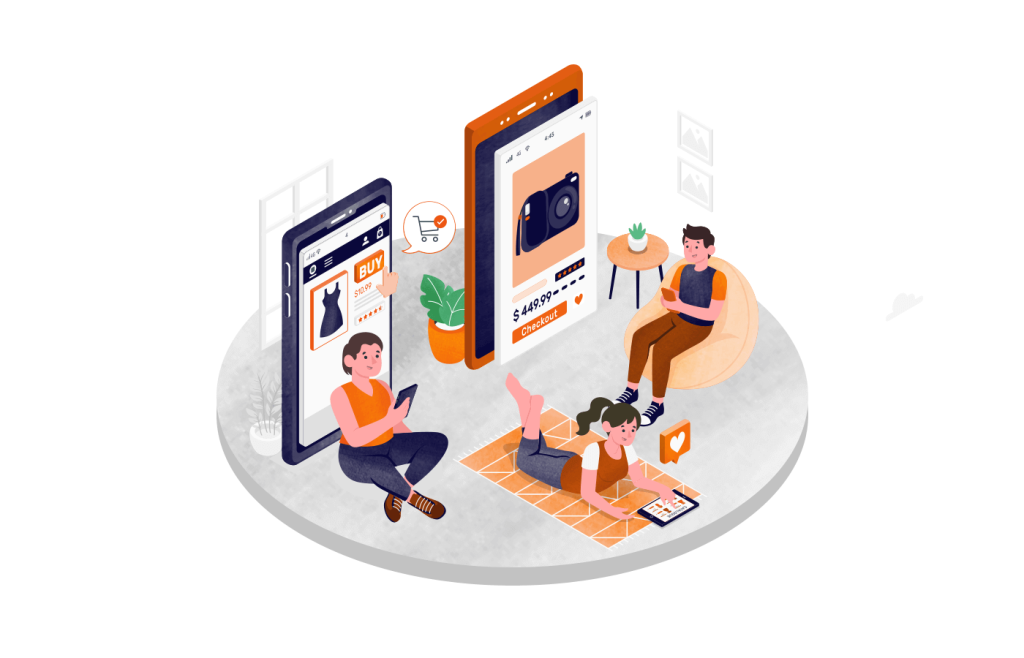In the highly competitive world of e – commerce, standing out from the crowd and building long – lasting relationships with customers is essential. E – commerce personalization has emerged as a powerful strategy that can help businesses achieve this goal. Let’s explore how personalization is the key to winning customer loyalty.

I. Understanding E – Commerce Personalization
A. What is E – Commerce Personalization?
- Tailoring the Shopping Experience
E – commerce personalization is about customizing the shopping experience for each individual customer. It involves using data such as a customer’s browsing history, purchase behavior, and preferences to provide a more personalized service. For example, an online clothing store might recommend clothes in a customer’s favorite color or style based on their past purchases. - Meeting Individual Needs
It aims to meet the unique needs of each customer. Instead of treating all customers the same, businesses can use personalization to offer products and services that are relevant to them. A tech – savvy customer who often buys the latest gadgets might receive recommendations for new electronic devices as soon as they are launched.
B. The Importance of Personalization
- Enhancing Customer Engagement
Personalization can significantly enhance customer engagement. When customers see that a business understands their needs and preferences, they are more likely to interact with the brand. For instance, a personalized email with product recommendations based on a customer’s interests is more likely to be opened and clicked on than a generic marketing email. - Differentiating from Competitors
In a crowded e – commerce market, personalization helps businesses differentiate themselves from competitors. If a customer has a more personalized and enjoyable shopping experience on one platform, they are less likely to switch to a competitor. For example, an online bookstore that remembers a customer’s favorite authors and genres and recommends new books accordingly will stand out from other bookstores.
II. How E – Commerce Personalization Builds Customer Loyalty
A. Providing Relevant Product Recommendations
- Increasing Purchase Frequency
By offering relevant product recommendations, businesses can increase the frequency of purchases. When customers are shown products that they are likely to be interested in, they are more likely to make additional purchases. For example, if a customer has bought a camera, an e – commerce store can recommend accessories like camera bags, lenses, and memory cards. - Expanding Product Discovery
Personalized recommendations also help customers discover new products. They might not have been aware of certain items that are now recommended based on their preferences. For instance, a beauty e – commerce site can recommend new makeup products that a customer might like based on their past purchases of similar products.

B. Customizing Communication
- Personalized Emails and Messages
Personalized emails and messages can have a big impact on customer loyalty. A business can address a customer by their name and send messages that are relevant to their interests and past interactions. For example, a customer who has abandoned their shopping cart might receive a personalized email with a reminder and a special discount to encourage them to complete the purchase. - Timely and Relevant Notifications
Sending timely and relevant notifications is also important. For example, a customer who has signed up for restock notifications for a particular product will appreciate being informed as soon as the product is available again. This shows that the business values the customer’s interest and is attentive to their needs.
C. Offering Customized Services
- Tailored Customer Support
Personalization can extend to customer support. A business can provide tailored support based on a customer’s past issues and preferences. For example, if a customer has a history of asking about product installation, the support team can offer detailed installation guides or even schedule a call to assist them. - Flexible Payment and Shipping Options
Offering flexible payment and shipping options based on a customer’s preferences can also enhance loyalty. Some customers might prefer to pay in installments, while others might want expedited shipping. By catering to these preferences, businesses can make the shopping experience more convenient for the customer.
III. Implementing E – Commerce Personalization
A. Gathering and Analyzing Customer Data
- Collecting Relevant Data
To implement personalization, businesses need to collect relevant customer data. This includes data from website interactions, purchase history, and customer surveys. For example, an e – commerce store can collect data on what products a customer has viewed, added to the cart, and purchased. - Using Data Analytics Tools
Data analytics tools can help businesses analyze the collected data. These tools can identify patterns and trends in customer behavior, such as which products are popular among different customer segments. For instance, a data analytics tool might show that a particular age group is more likely to buy a certain type of product.
B. Choosing the Right Personalization Tools
- Personalization Engines
There are various personalization tools available, such as personalization engines. These engines can use the collected data to provide personalized product recommendations, emails, and website experiences. For example, a personalization engine can analyze a customer’s browsing history and display relevant products on the website homepage. - Integration with E – Commerce Platforms
It’s important to choose personalization tools that can integrate well with the existing e – commerce platform. This ensures a seamless experience for both the business and the customer. For example, a personalization tool should be able to communicate with the inventory management system to ensure that recommended products are in stock.
C. Testing and Optimizing Personalization Strategies
- A/B Testing
A/B testing can be used to test different personalization strategies. For example, a business can test two different versions of a personalized email to see which one gets more clicks and conversions. This helps in identifying the most effective strategies. - Listening to Customer Feedback
Customer feedback is crucial for optimizing personalization strategies. Businesses should listen to what customers have to say about the personalized experience. For example, if customers complain that the product recommendations are not relevant, the business can adjust its data analysis and personalization algorithms.

In conclusion, e – commerce personalization is indeed the key to winning customer loyalty. By understanding what personalization is, how it builds loyalty, and how to implement it effectively, businesses can create a more engaging and satisfying shopping experience for their customers. In the long run, this will lead to increased customer loyalty, higher sales, and a stronger position in the e – commerce market.





